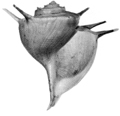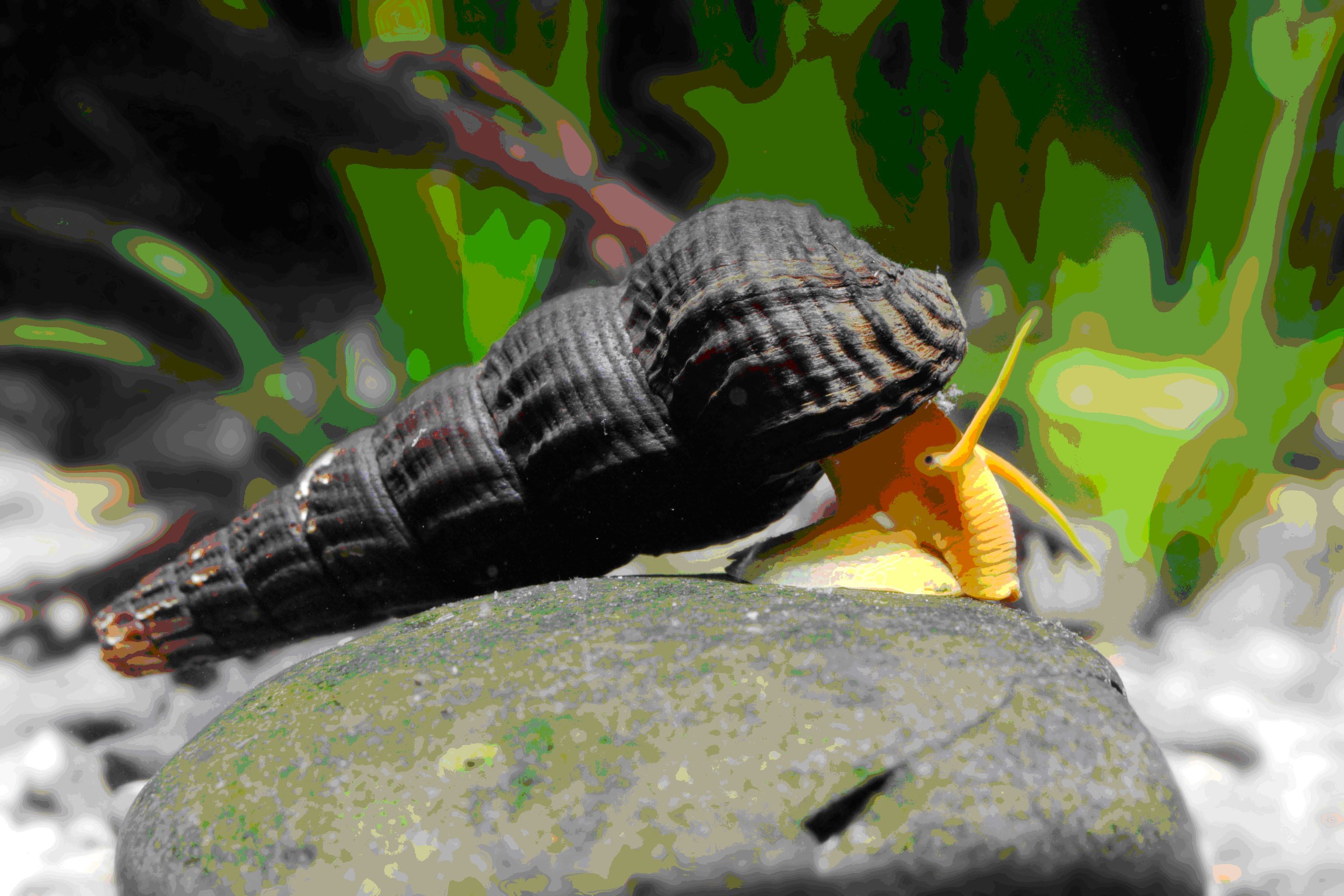
ABSTRACT
Key modifications in morphological characters related to feeding, such as beak size and shape in the Galapagos finches or variations in the pharyngeal jaw of cichlids, are a common factor in many adaptive radiations. The gastropod species flocks of Tylomelania (Caenogastropoda: Pachychilidae) in the two ancient lake systems of the Indonesian island Sulawesi are no exception. The lacustrine species exhibit a wide variety of trophic morphology, specifically radula form, which is almost entirely lacking in riverine species. This coincides with all lake species being specialists in the sense that each species only occurs on one type of substrate such as hard (rocks, wood) vs. soft substrate (mud). Frequently the radula is species specific. Vastly different radulae are often found in species dwelling on different substrates or also in species occurring sympatrically on the same substrate. This simple basic pattern becomes considerably more complicated in several taxa, though. Species dwelling on both hard substrates in particular are frequently polymorphic in radula form. While a correlation between radula type and substrate could be established in some cases, this is by no means universal, even within the same species. Potential explanations for these findings range from incipient ecology-driven speciation to phenotypic plasticity and thus suggest a far more complicated role of radula evolution in the adaptive radiation of Tylomelania than previously assumed.
